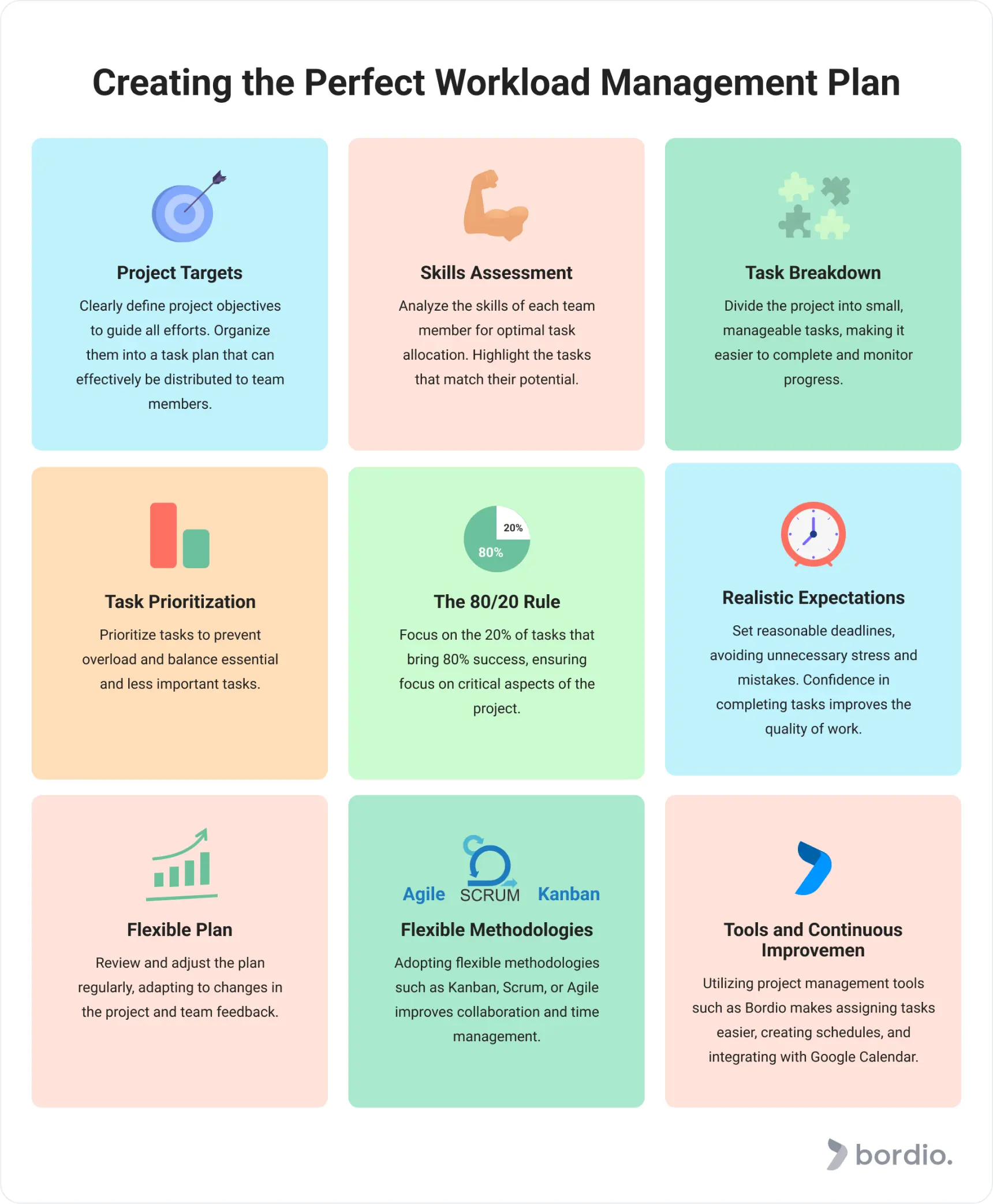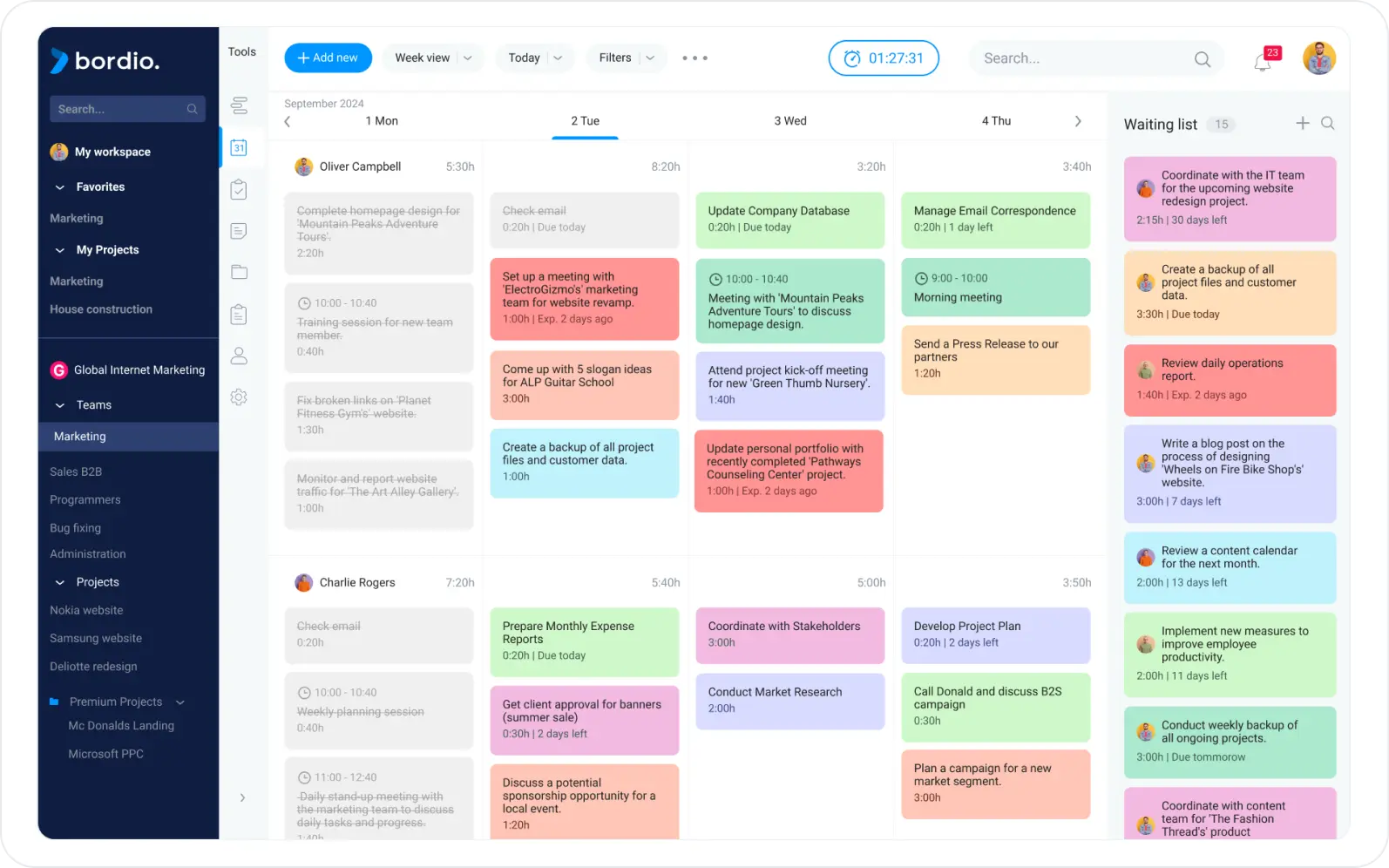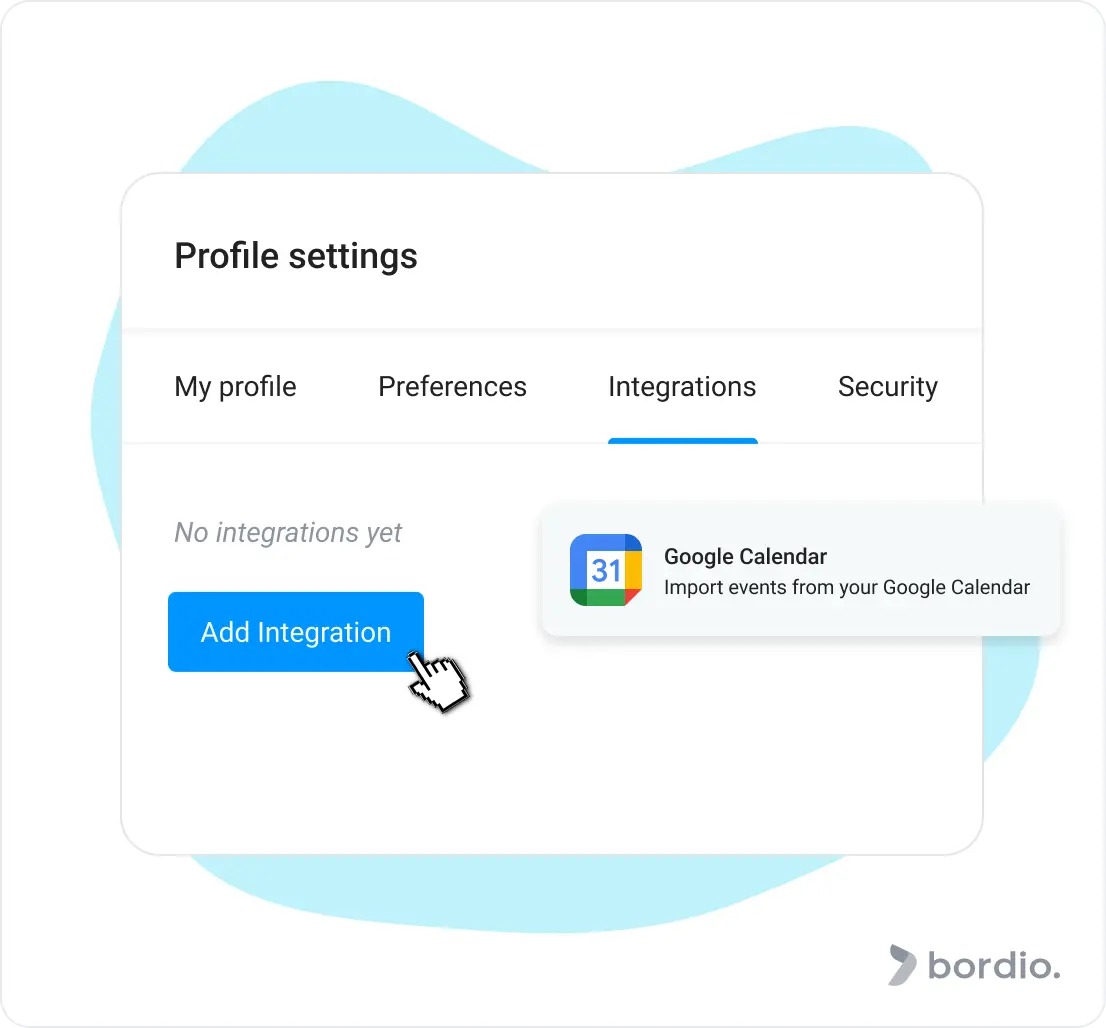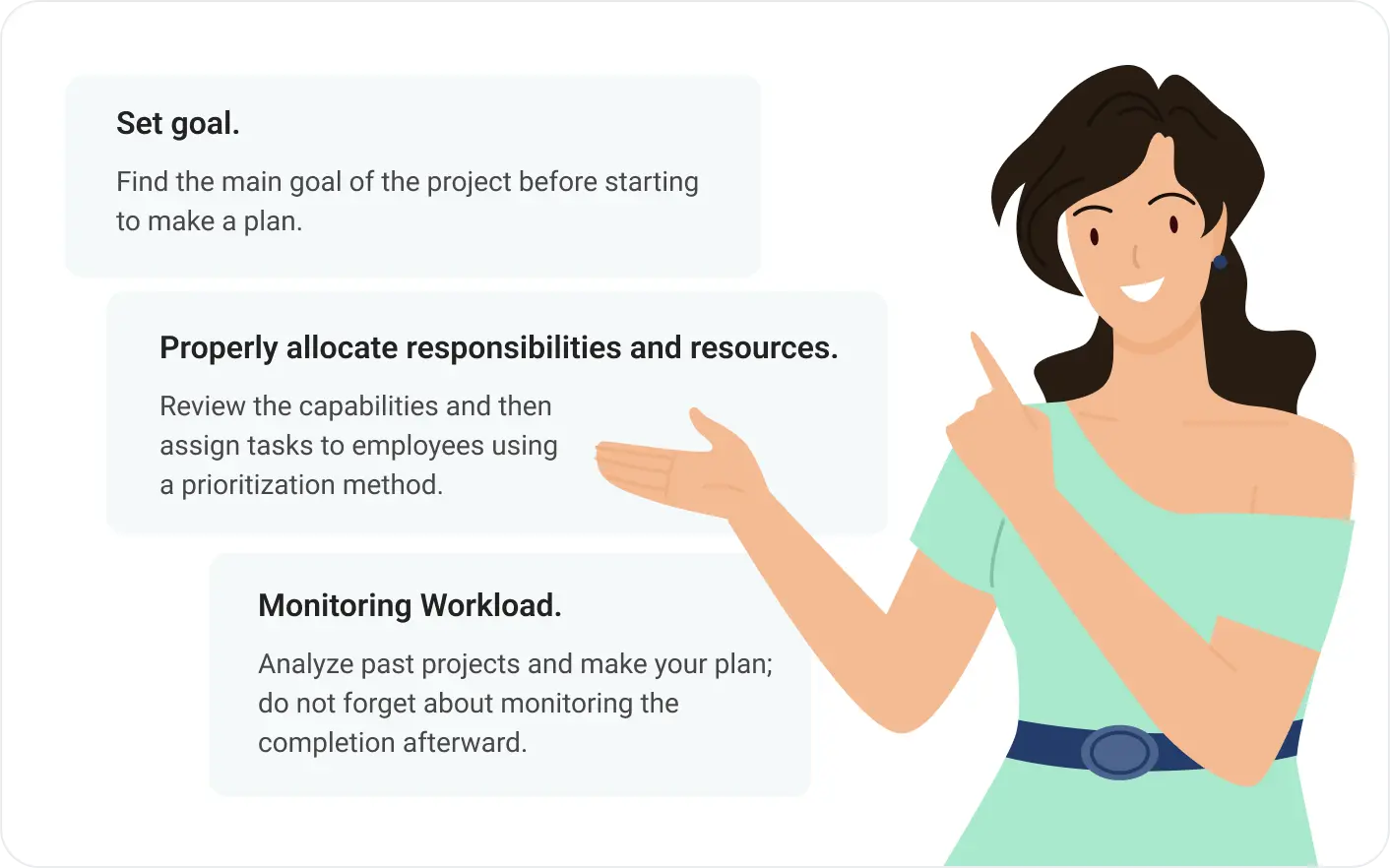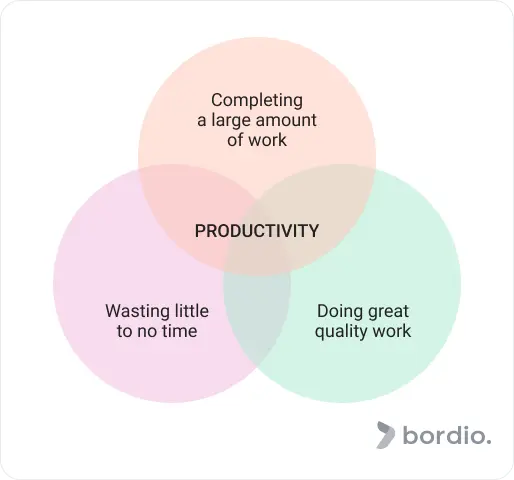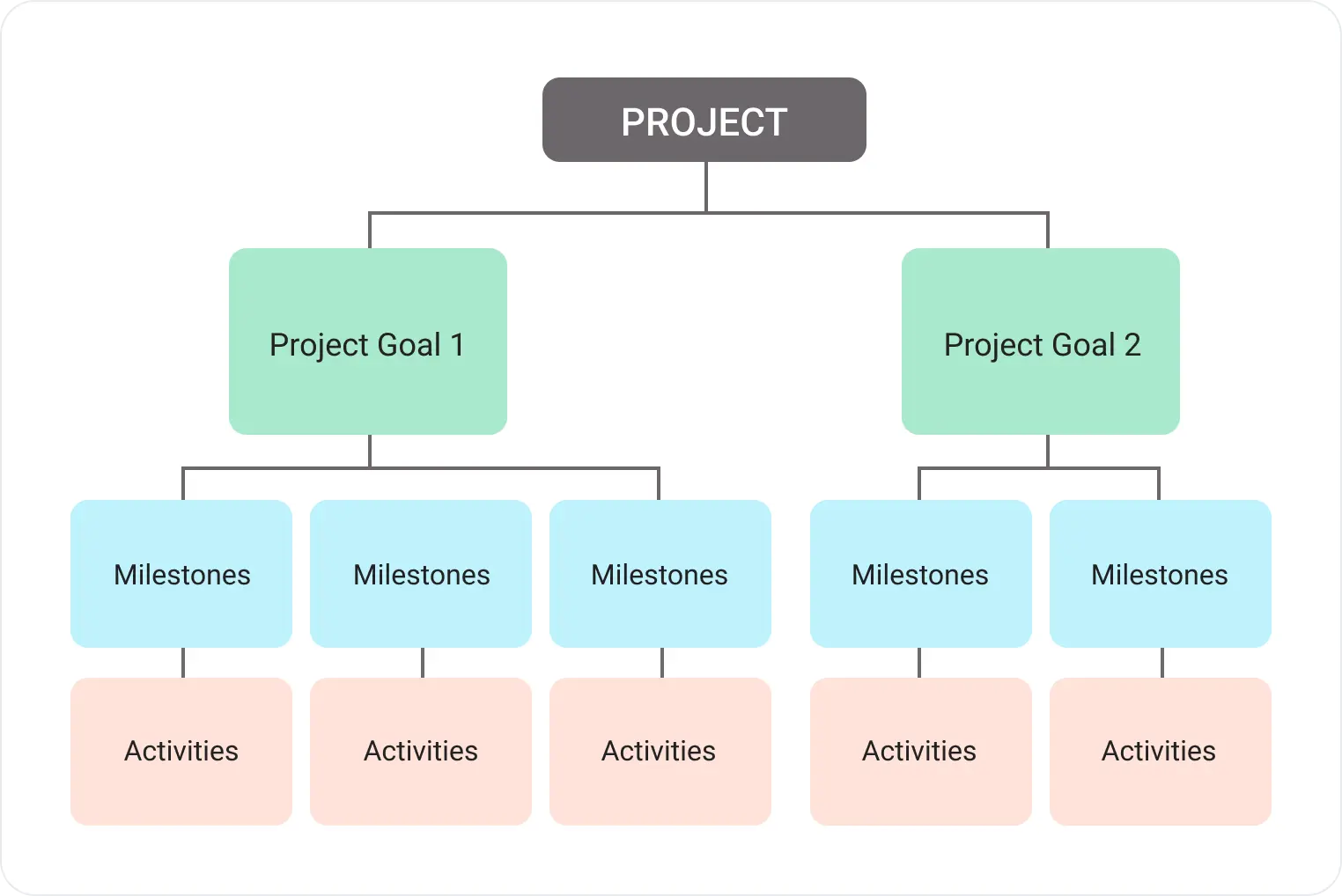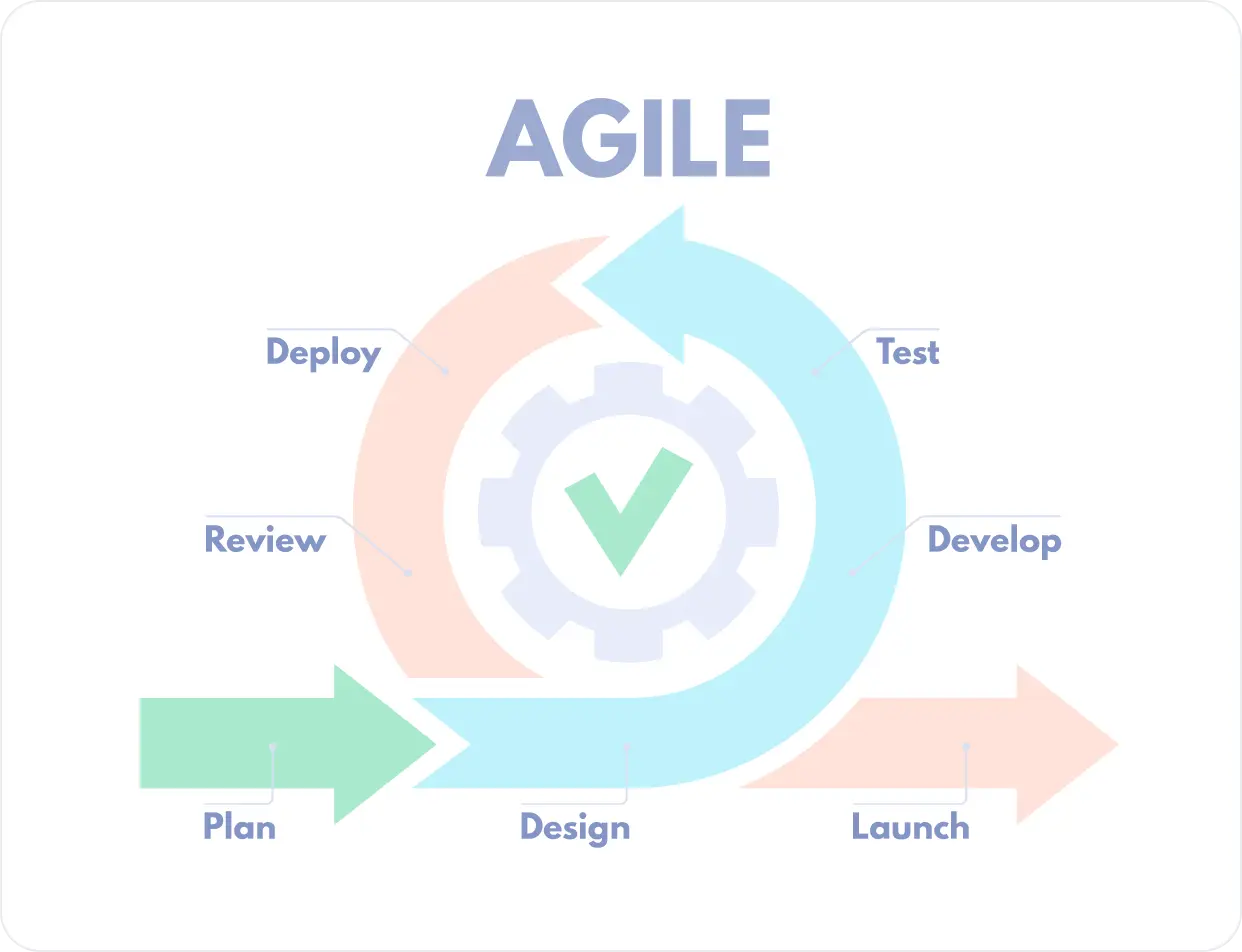Everyone wants to be productive and valuable, to be successful both in their personal life and at work. And if you can relate to this, you will surely face the difficulties of such idealism. In this article, we want to help you deal with one of the problems you’ve probably faced at least once – the problem of managing your workload. So, let’s stay simple and understand what workload management is in the first place: workload management is forecasting, distribution, scheduling, and monitoring.
Forecasting: One of the most important things to do when managing workload is to understand your project’s existing and future workload requirements. To do this, you must assess how well your resources are used and ensure that your workload capacity and business planning align with consumer demand estimates. It’s possible that your company has to bring on additional staff members or purchase equipment or raw supplies.
Distribution: After you’ve assessed the workload of your team, it’s critical to allocate tasks to team members based on their expertise and the availability of resources as a whole using project management tools like charts, kanban boards, or project calendars.
Monitoring: To ensure that jobs are finished on time and within budget, planning and scheduling them is just as crucial as monitoring their progress. Using workload management software that includes features like reports and dashboards would be ideal. You must make a strategy to identify your resources and the business goals or activities that need to be accomplished to manage your team’s workload.
Today, we will talk about the most critical part – forecasting, because just as you can’t build a house without a foundation, it is impossible to embark on a successful project without a good plan.
A workload management plan is a project calendar or dashboard that tracks an employee’s scheduled work hours, determines resource utilization, calculates team capacity, and tracks employee performance. Workload plans can vary to show more or less fine details such as completion percentages, constraints, and milestones. The more details, the more information you will have about task management to allocate work better.
Failing to prepare – preparing to fail: Importance of workload management plan
Effective workload management is vital for productivity and staff satisfaction, which is critical for any business. Feelings of unhappiness, tension, and inefficiency are caused by ineffective workload management. Poor output may result from discouraging the workers from completing necessary activities.
There may be prevailing negative emotions, which might cause serious difficulties. Can you imagine the quality of work in a team where every member is not in the mood and can not even ask for help? But when the work atmosphere is more pleasant, it draws more people to the company because the employees are kept comfortable and pleased. Conversely, productive and high-caliber work guarantees the business will never run out of clients.
Workload management processes made strategically can help you achieve your objectives by optimizing the output of the entire team. It basically involves decomposing a team’s activities into manageable chunks and allocating them so that work is done deliberately and equitably. Assigning tasks according to team members’ capabilities, expertise, and areas of specialization. You’ll also consider things like vacation time and the number of hours required for non-project or administrative work.
Planning a workload is a dynamic process. As a project manager, you must periodically examine and adjust how much work you assign to each member and identify the highest priority tasks to manage employee workload. Nonetheless, using this method to manage your team’s workload instantly resolves a few typical business issues.
How does Bordio help with creating a team’s workload management plan?
Now that we know what workload management is and its importance, we can talk about effective workload management tool. There aren’t many criteria for the right workload management software; it should allow you to see employee workload, assign tasks, and make project scheduling more accessible. It’s even better if you can do time tracking and create project schedules. Choosing the right team management software is essential to keep everything in one place and not have many to-do lists, calendars, and other paperwork. That’s why we recommend using Bordio – a project management tool with all the features you need for managing a heavy workload effectively.
In Bordio, you can create tasks in the backlog (waiting list) and then assign them to the team members. If the project manager changes his mind, it is not a problem at all because you can easily reassign tasks from one to another. With just a few clicks, you can create a new project schedule, task, or event and add time estimates and time blocks for a balanced workload. The counter of the total workload will calculate for you how many team members are occupied, including tasks, time blocks, and events, helping you with team workload management.
You probably also want to use an online calendar to easily monitor your workload management process. Still, you’re too lazy to transfer all the tasks and deadlines from your usual Google calendar to Bordio. That’s not a problem either! Because Bordio allows you to integrate with Google Calendar, you will quickly transfer your workflow without losing anything. You will feel that project management has never been as easy as it is now, and you will have access to the progress of your project from your computer and phone anywhere in the world, whether you are in the office or on the white sands by the sea.
What is a reasonable workload management plan supposed to look like?
“It does not do to leave a live dragon out of your calculations if you live near one.” – J.R.R. Tolkien.
Workload planning is not only an effective workload management strategy and proper project management software but also capacity planning and a way to keep your teams busy and productive. It’s a strategic way to distribute the work throughout your team to boost performance; making a plan is essential to this process. You need to stick to three simple points to do well with scheduling:
Goal Setting:
First and foremost, it is crucial to define the ideas and goals of the project being executed by the team. Once the main goal is defined, it can be organized in the team planner, and in the online task tracker, you can organize all the essential tasks to achieve the goal. Actively define the goals and timelines of the project to create a concrete, achievable, and timely plan.
Allocation of responsibilities and resources:
Before assigning tasks to team members, review the capabilities of the entire team. Assign tasks to specific employees based on their potential, strengths, and capabilities. This allows work to be distributed evenly among different employees so that no one is overburdened. Undoubtedly, assigning tasks fairly is essential; do not forget about the rest of the employees; if there are too many tasks, use prioritization methods to define the most important and urgent at the moment.
Workload monitoring:
Review and analyze past project plans before making new workload management strategies to identify weaknesses of the plan and team members and determine past mistakes. You can find old project schedules to learn from mistakes – just like in school, and you can improve. Constantly check to see if the original plan is working. Have there been any changes in the scope of the project? Have unexpected situations arisen? Adjust your plan accordingly.
8 Tips for making a good workload management plan
1. Understand project objectives
As we have already mentioned, knowing the project’s goal is the first and most important thing during planning. Understanding the goal and what we see as the final outcome gives us an idea of the direction we need to take and what tasks we need to accomplish.
2.Evaluate each team member’s skills and expertise
Knowing an employee’s strengths and weaknesses and giving them tasks they can perform at a high level or learn something new is also an important part of workload planning.
3. Break down tasks
Having defined the objectives, it is important to break them down into tasks, which can also be broken down into subtasks, before distributing them to the team members. This is necessary to increase productivity and is an integral part of managing the team’s workload.
4. Prioritize tasks
So that employees don’t feel like work is their second home because of the amount of time they spend there, it’s important to be able to sort through the pile of urgent tasks and identify the more important ones.
5. Apply the 80/20 rule
The 80/20 rule states that 20 percent effort will lead to 80 percent success. This is also related to prioritization, like the previous point. If you put your efforts into one important task, it will lead to more significant results than if you focus on less important things.
6. Set realistic expectations
Deadlines are, as always, a hot topic, so we’ll talk about them too. Meeting deadlines is not always easy. The team leader’s job is to set realistic deadlines to give the employee a sense of comfort and control over the situation. Tight deadlines only lead to unnecessary stress and mistakes.
7. Regularly review and adjust workload management process
Don’t leave the project to chance after planning; do not forget about plan flexibility and monitor the execution of the task. You need to be able to observe and find out to change plans if something happens and turn the situation around in favor of the team.
8. Utilize project management methodologies
You’ve probably heard about Kanban, Scrum, Agile, and other methods. They help with project management and make the work of the leader and team members easier. Learn these techniques for your team and use them together with collaboration tools and time planners.
How can poor workload planning hurt your productivity?
What could be the result if you do not pay attention to planning management workload, as building a house without a foundation? First, delegating too little attention to less critical jobs can lead to subpar outcomes and unfulfilled administrative responsibilities. This might result in communication failures, delays in reaching corporate goals, and interruptions to overall output.
These problems have a cascade effect on teams outside of the primary source of the issue, affecting the entire organization. An increased workload can cause stress in workers, hurting their performance and health. As a result, delays in project timeframes and pledges might undermine client satisfaction and trust.
Employee suffering extends beyond short-term project difficulties. A higher turnover rate results from overworked and disengaged team members, which makes training and onboarding new staff necessary. The increase in non-billable activity puts an additional burden on resources and reduces overall operational effectiveness.
Understanding that inadequate workload planning affects a team’s psychological well-being and operational components is critical. The ensuing tension and discontent might make it more difficult for the team to finish projects successfully. In addition to ensuring that the project is completed, resolving these problems is necessary to keep a positive and productive work atmosphere.
Workload planning techniques for pros
Project breakdown
The first step in efficiently organizing a job is to divide big projects into smaller, easier-to-manage activities. This provides you with a more accurate notion of each job’s magnitude and facilitates estimating how long each activity will take. Instead of throwing a big job on one individual, you may divide projects among several team members more effectively by breaking them down into smaller assignments. This is an easy and efficient method.
Task sequencing
After the project has been divided into manageable pieces, you must gradually schedule each work. Along with identifying task dependencies, you also need to order them chronologically. By doing this, you’ll be able to prevent bottlenecks and job piles at the end of projects.
Methodologies – Kanban, Scrum, Agile.
Agile:
Agile project management places a strong emphasis on adaptability, teamwork, and client satisfaction. Based on user input, teamwork, and iterative development. Executed using a variety of paradigms, including Kanban and Scrum.
Kanban:
A project management technique called Kanban strongly focuses on displaying the process on a board. Task limitations are used in the job to increase efficiency, and tasks progress through phases to represent the project flow.
Scrum:
Sprints are the fixed iterations of the Scrum framework. Comprises the Product Owner, Development Team, and Scrum Master responsibilities. The product backlog, sprint backlog, and sprint reviews are used to arrange work.
What to choose?
Kanban works well for projects with a constant workflow. It offers a more adaptable method for handling modifications to the work process. More adaptability in scheduling, although it could be more challenging to estimate when things will be finished. It is appropriate for teams of different sizes and more adaptable frameworks.
Scrum works well for projects that need to be reviewed and adjusted frequently and have set iteration intervals or sprints. Ideal for situations requiring more control over modifications made inside iterations. A timetable with fixed iterations is more reliable. Functions well in small to medium-sized teams when duties are well-defined. Appropriate for initiatives where it’s crucial to provide frequent feedback and outcomes demonstrations.
Checklist – good workload management plan
1. Big picture planning
Identify project objectives, budget constraints, and significant milestones. Assess resource availability and team development goals. Break down tasks, considering difficulty levels and the need for specialized skills.
2. Workload capacity review
Evaluate each team member’s existing capacity and availability. Use insights from team discussions and resource management tools. Consider factors like vacation time, admin work, and less focused tasks.
3. Strategic task assignment
Apply the 80/20 rule for focused work versus admin time. Match tasks with individuals based on skill sets and expertise.
4. Setting clear expectations
Establish realistic deadlines, considering potential errors and unforeseen issues. Define success and failure criteria for each task.
5. Flexible workload plan
Regularly evaluate and adjust the workload plan as the project progresses. Seek feedback from the team to optimize workload allocation.
6. Adopting project management methodologies
Choose a methodology (e.g., Agile or Kanban) based on project and team dynamics. Embrace an agile mindset for flexibility and incremental development.
7. Automate with workload planning software
Utilize work management tools for efficient project and resource management. Monitor real-time task status, create to-do’s use backlog, time tracking, and manage the workload of the project timeline through a single software.

